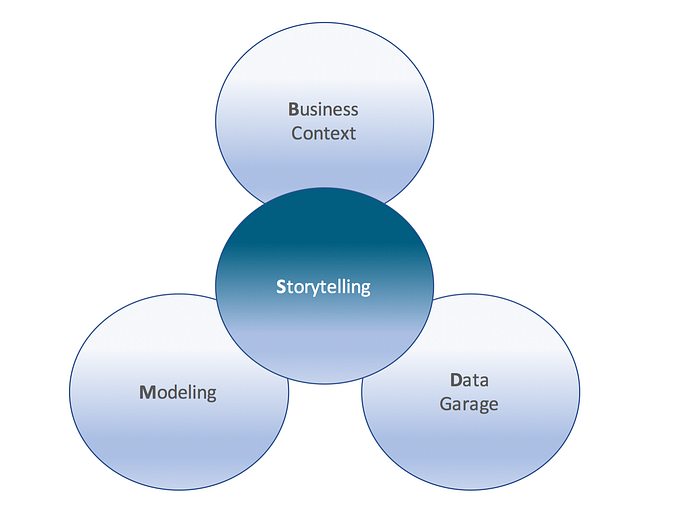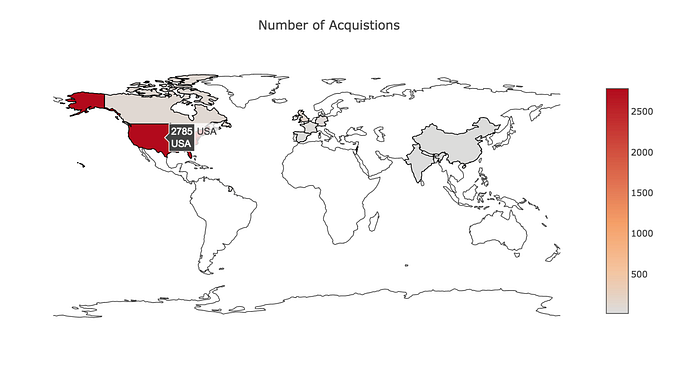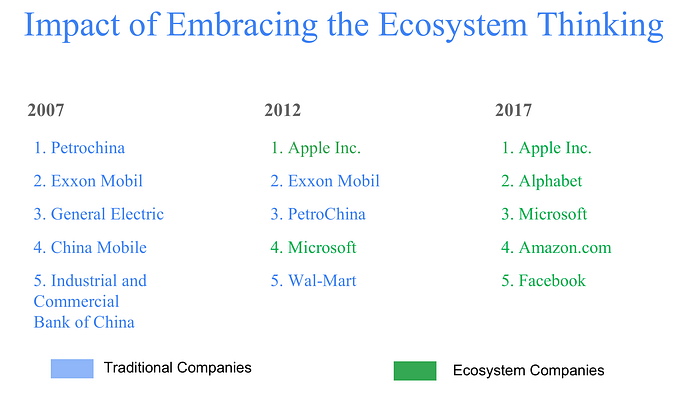How to minimize risk for your Lending Club Investment

It was a couple of weeks back, sometime before our finals, that our Data Visualization final project requirements were provided to us. We were provided with the 2017 — Q2 data of all loans on Lending club and the problem statement given to us by Yifan Lu, our Data Viz prof. at UC Davis MSBA, was “How can an investor choose the right kind of loan to maximize returns and minimize risks.” Now, this seems like a normal problem statement so I didn’t pay much attention to it until I actually started doing some Exploratory Data Analysis (EDA) for the project. A few things different about this project that made it very interesting for me were:
- This was a real data. I was getting a chance to actually analyze what is going down wrt to loans at Lending club as of this moment.
- This was a data visualization project and not a data science project — Ie. we actually needed to use a tool like Tableau to find patterns and correlations and not just put the data set in a multilinear regression to get some absurd intercepts and coefficients. The way I say it, this analysis had some soul in it and not just computation.
Instantly, I decided that after the quarter submissions I would do a full-fledged analysis (The soul way off-course) of all the 10 years data that Lending club had provided on its website. So here we are.
If you are here just for the dashboard and don’t care as much about the how I got there you can Click on this link to go to the dashboard.
For the rest, let’s start slow and get some basic details in:

With over 1.6 Million loans delivered with an average interest rate of 13.22%, the lending club has been doing a great job with respect to providing people of the US a chance to diversify their investments from the traditional wall street and 401K route. Over $26.24 Billion worth loans have originated from the platform with average annual income of a loan provider exceeding $77,300. What is interesting however is, how the amount of loan delivered on the platform has plateaued, if not reduced, over the last two years.


However, this link that resides on the lending club website tells you that not every loan that is funded by the lending club platform is responsible for giving investors the biggest bang for their buck. In fact, about 12.59% of the loans are loans that have either defaulted, charged off or are late in their payments. So in effect, there is a risk and like anyone would tell you — there is no free lunch here, just because you have the money. So I am trying to analyze how an investor could minimize their risk. At the end of this article is a link to a public dashboard that I have created where you can play around with the data to understand more about what loans(notes) you could select to maximize your returns and minimize your risks.
The Analysis
There is overwhelming detailed data that is available in the data set but we will be choosing a few specific metrics and filters that will give you the biggest delta with your risk and return. At start, here is what I did. I have divided the loan status into two — Good Loans and Bad Loans.

In order to maximize the returns, I have only considered “Current Loans” and “Fully Paid” loans as good loans. If there is the slightest chance of there being a default — I have considered it as a bad loan. In the real world however if someone is in the grace period, mostly he/ she will get back on track and the dip was due to some unforeseen circumstances in any given period. Lets look at the percentage of good and bad loans for every year since inception.

Please note that 2017 has the lowest percentage of bad loans probably because it has been less than a year since the loans have been issues.
Now that we have this breakup out there, lets get to the core of the analysis.
Maximizing your Returns

It is obvious from the graph above that to maximize returns one needs to choose a lower grade (D, E, F &G) loan. However if one looks at the percentage of loans in just that bucket, the number is low. So let’s expand the horizon to C grade of loans as well and that pushes the number of loans above 50%. So for all the analysis from here onwards, we will only look at numbers for C to G grades and their sub grades.
Minimizing Investor Risk:
- Let’s start with a basic benchmark with respect to the sub grades inside the grades that we have finalized above and looked a their current success rate since 2007 to date.

2. Selecting the Purpose of Loans:
There are two factors that need to be considered while selecting the purpose of loans. The first is that of the number of loans in each purpose. To get a hold of that, let us look at the image below that shows the relationship between the purpose of loans on Lending Cart.

Now lets look at the success ratio of loans with respect to specific purpose.

The take-away here is to select the purpose of loans with respect to the loan success ratio in the order as shown in the graph above. The top 5 loan purpose options that one should target are:
Car, Vacation, Wedding, Home Improvement, Credit Card in that order.
These options also include some of the top few loans and that would mean that at any given time there will be enough number of loans available on
3. Selecting the Application Type:
There are two types of applications for loans in Lending Club. Individual and Joint Application. The graph below analyses the success rate for each of these application types.

The data points towards the fact that Joint Application always always has a better success rate.
4. Selecting Home Ownership of the Loan applicant:
While filling out the application, the borrower fills in details about their home ownership and they are provided an range of options from Mortgage, Own, Rent or others. Below I have analyzed the home ownership patter and how that links to the success ratio of loans.

It is visible from the graphs above that applicants who have their home ownership status as Mortgage followed by Own and then Rent.
Lets plug in all these details and now see what the results for all sub grades with the following filters added:
Application Type — Joint
Home Status — Mortgage & Own
Purpose — Car, Vacation, Wedding, Home Improvement & Credit Card
Loan Sub Grade — C1 to G5

Note if you compare this with the first graph that we had set up for benchmarking, here is how it fares:

These are quick filters to minimizing your risks while maximizing your returns. However shall you want to play around with the data and the filters (some extra ones too) you can view my dashboard here — Click to interact with the dashboard.
Loans Investments are subjected human risks. Please read the offer document carefully before investing.
About the Author: I have spent the last 5 years building a platform for student careers in India. I am currently studying the Master of Science in Business Analytics program at UC Davis to augment my business understanding with data expertise. I will graduate in August 2018 and I am currently building skills and knowledge to impact more than a billion people over the next 5 years. Feel free to write to me on sjpra@ucdavis.edu or connect with me on LinkedIn.








